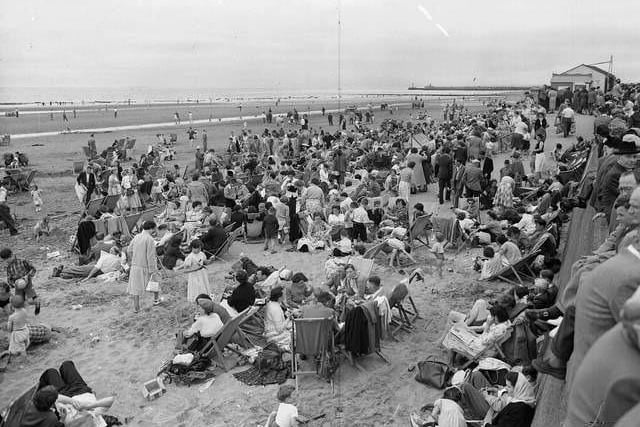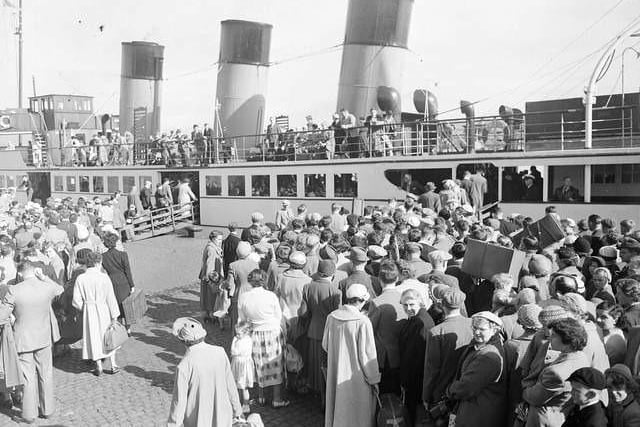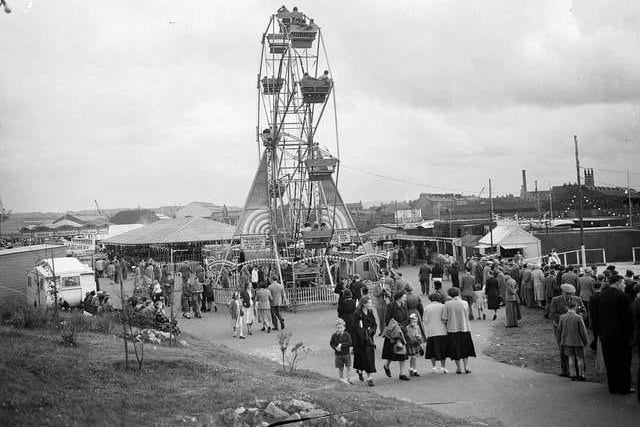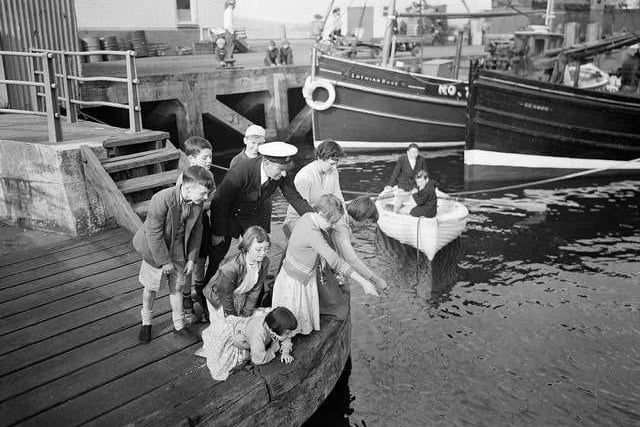For hundreds of years, the Glasgow Fair Fortnight would see the city’s families pack their bags and head to the Scottish coast for to begin a two week holiday. Despite the flexibility of annual leave, the tradition continues in many local businesses. There would still be an exodus from the city this weekend, with a local public holiday on Monday 17July.
It all began as a market held outside Glasgow Cathedral, where Glaswegians could trade horses and cattle alongside produce from neieghbouring farms and fish from the Clyde. Bishop Jocelin, who is remembered as Glasgow’s first town planner for commissioning the building of the city’s early infrastructure, was instrumental in ensuring an annual fair took place to attract visitors and trade.
He sought permission from King William the Lion to hold the festivities, with the fair’s first incarnation taking place in 1190. The east end of Glasgow - close to the earliest origins of the city - was the site of a weekly marketplace. This was where an annual fair would take place, originally an eight-day event, that would draw huge crowds to see travelling showmen and entertainers.
In the 1950s and 1960s factories would shut in July as local families would travel by train en masse to resort towns along the Clyde and on the west coast with Rothesay, Dunoon and Largs among the most popular.
Here’s a look at Glasgow Fair Fortnights of the past as the city’s families went on holiday.

1. Glasgow Fair Fortnight
Ayr beach during the Glasgow Fair in 1955. Photo: TSPL

2. Glasgow Fair Fortnight
Glasgow Fair Holiday at Gourock, Clyde Steamer in 1955. Photo: TSPL

3. Glasgow Fair Fortnight
The Aberdeen fun fair during the Glasgow Fair holiday in 1954. Photo: TSPL

4. Glasgow Fair Fortnight
Children fishing during the Glasgow Fair Holidays in 1956. Photo: TSPL
